3 Kasseri Cheese Alternatives with Similar Texture
Kasseri cheese is a semi-hard, mildly tangy Greek cheese favored for melting in dishes like saganaki and casseroles.
When kasseri isn’t available, several cheeses offer similar melting qualities and flavor profiles.
Provolone, mozzarella, or young cheddar can stand in as suitable substitutes, providing the creamy stretch and mild saltiness kasseri is known for.
Each alternative varies slightly in taste and texture, so the best choice depends on your specific dish.
These cheeses allow you to maintain the gooey, flavorful experience kasseri adds to recipes.
With the right substitute, you won’t miss the original cheese in your favorite Greek-inspired meals.
Explore which cheeses can mimic kasseri’s unique qualities in your cooking.
Tangy and Salty Kasseri Cheese Replacements
Savory depth in Greek recipes can be maintained with Kasseri cheese substitutes, some melting beautifully and adding their own tang. Flavors remain rich and satisfying. Many cheeses could fit the bill.
Colby
Colby cheese offers a delightful alternative to kasseri with its mild flavor and moist texture that melts beautifully over nachos, sandwiches, and baked dishes.
The creamy consistency makes it perfect for burgers and casseroles while pairing wonderfully with fruits like apples and pears for a simple snack.
Many cooks appreciate how Colby works as a substitute in recipes calling for kasseri, despite lacking the distinctive strong flavor and sweet aftertaste that comes from sheep or goat's milk.
Most people won't notice the difference when you use Colby instead of kasseri in everyday cooking.
Mozzarella
Kasseri cheese, a Greek specialty with a distinct salty flavor, can be replaced by mozzarella for excellent results in many recipes.
Mozzarella offers a similar spongy texture and impressive melting properties that make it perfect for dishes like traditional kasseropita or as a topping for pizzas and pasta bakes.
The pasta filata production method gives both cheeses their characteristic stretch and silky consistency when heated.
People who find kasseri's harsh, salty profile too intense may actually prefer mozzarella's milder, creamier taste in their cooking.
For the best substitution experience, fresh mozzarella works wonderfully in most applications where kasseri is called for.
Caciocavallo
Substituting kasseri cheese in recipes doesn't have to be difficult when you know about caciocavallo, a pasta-filata cheese from southern Italy made from sheep or cow's milk.
The name "cheese on horseback" comes from the traditional Italian method of aging these teardrop-shaped cheeses by hanging pairs over wooden boards.
Caciocavallo offers a strong, acidic, and salty flavor profile with a springy texture remarkably similar to kasseri, making it an ideal replacement in most dishes.
Why Do Some Cheeses Succeed in Matching Kasseri’s Balance of Creaminess and Elasticity?
Kasseri cheese is prized for its unique combination of creamy texture and elastic stretch, which makes it ideal for grilling, melting, and slicing.
Cheeses that successfully mimic Kasseri often share similar production methods, such as pasta filata (stretched curd), which develops the distinctive stretchy texture.
Additionally, the balance of moisture and fat content is crucial - too dry or too soft, and the cheese won’t achieve Kasseri’s signature melt and bite.
Varieties like mozzarella, provolone, or young kasseri itself often come closest because they maintain that perfect harmony between smooth creaminess and resilient elasticity.
How Does Salt Content Affect the Success of Kasseri Replacements in Savory Recipes?
Salt plays a key role in flavor and texture when substituting for Kasseri. Adequate salt levels enhance the cheese’s savory profile, helping it complement other ingredients without overpowering the dish. If a substitute is too low in salt, the final recipe may taste bland or unbalanced, especially in savory applications like casseroles or grilled sandwiches.
Conversely, overly salty cheeses can dominate flavors or draw out moisture, affecting meltability and texture. Adjusting salt thoughtfully when using a Kasseri replacement ensures the dish retains the intended richness and flavor harmony.
Are Kasseri Substitutes Suitable Across Both Hot and Cold Applications?
Many Kasseri substitutes work well in both hot and cold dishes, but their suitability depends on the cheese’s melting behavior and texture. Cheeses like mozzarella and provolone melt smoothly, making them excellent for grilling, baking, or frying - classic Kasseri uses.
For cold applications such as salads or cheese platters, firmer young cheeses with a mild flavor can replicate Kasseri’s pleasant bite and creamy mouthfeel. When choosing a substitute, consider the recipe’s temperature and cooking method to select a cheese that maintains its integrity and flavor, whether served warm or chilled.

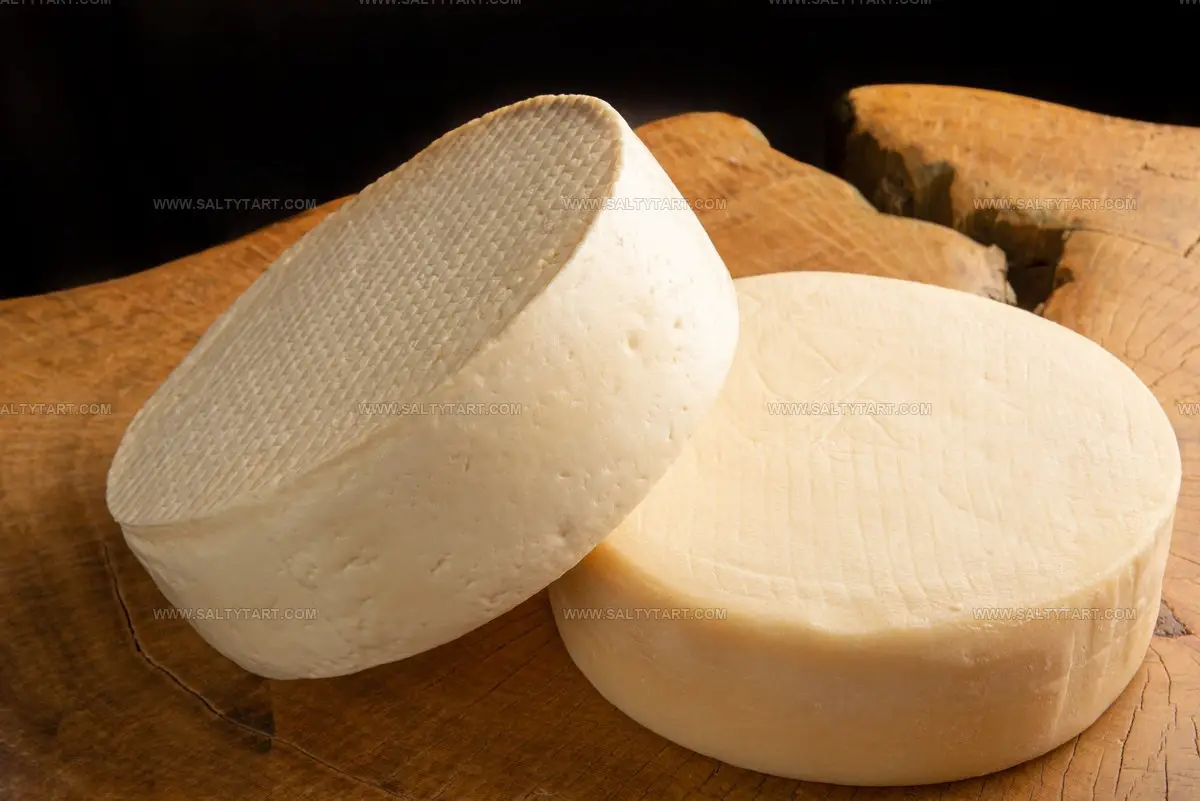

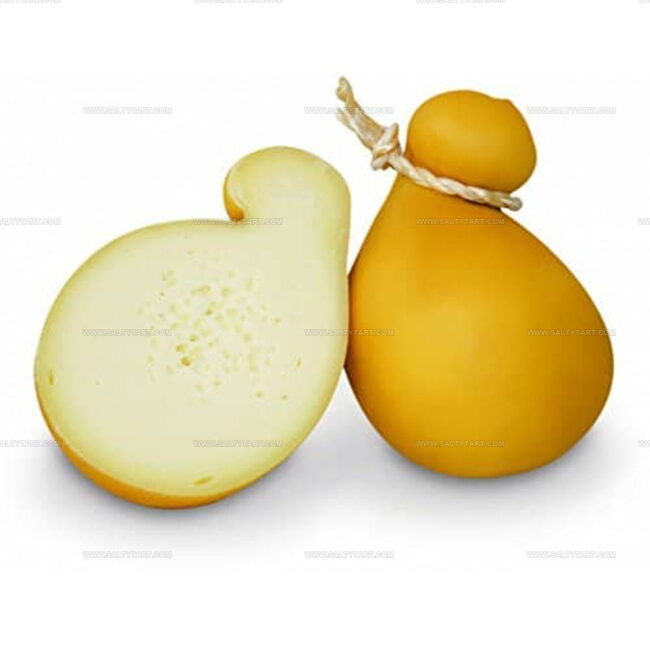
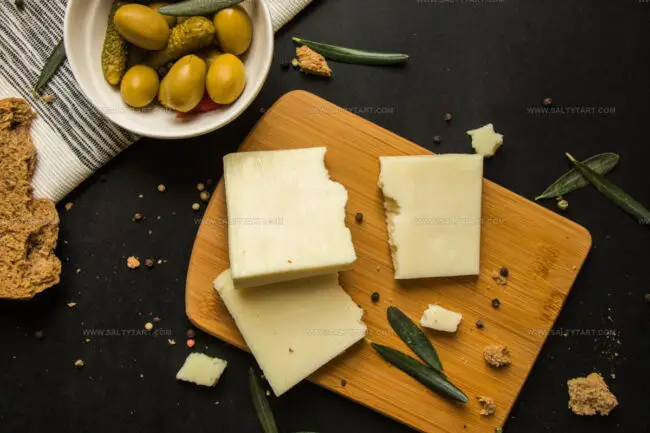
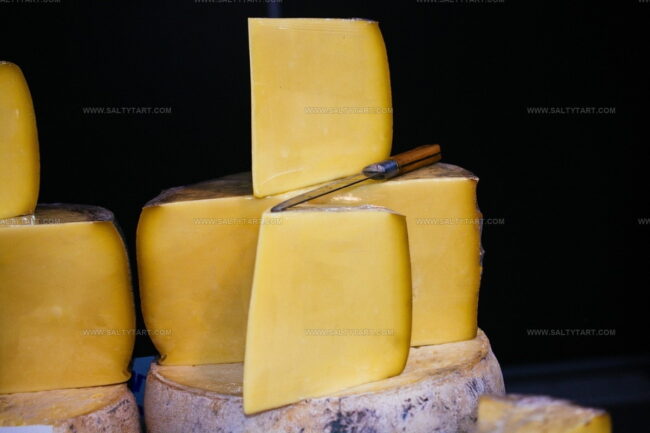
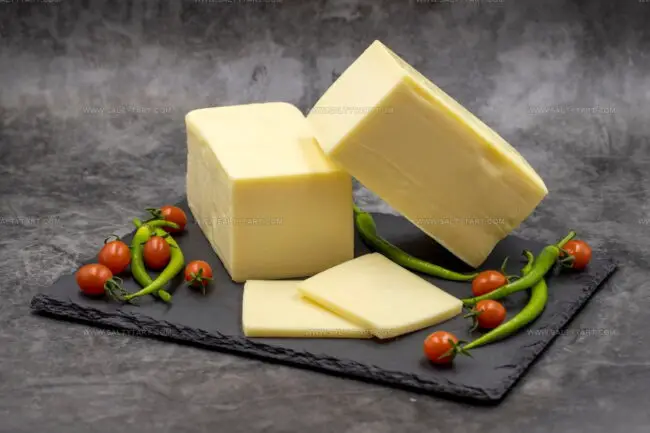
Jess Martinez
Contributing Recipe Writer & Nutrition Consultant
Expertise
Southwestern and Latin American cooking, Nutritional analysis and healthy recipe planning, Cultural food traditions, Modifying traditional dishes for better health
Education
Santa Fe Community College
Certificate in Culinary Arts
Focused on mastering the flavors and cooking methods of traditional Southwestern cuisine.
Jess’s love for bold, homegrown flavors led her straight into the world of Southwestern cooking and cultural nutrition.
After completing her Certificate in Culinary Arts at Santa Fe Community College, she made it her mission to show that good-for-you food can still taste incredible.
At saltytart.com, Jess shares vibrant, health-conscious recipes with roots in tradition but a fresh, modern twist. When she’s not testing new recipes, you’ll find her at local growers’ markets, tending her herb garden, or digging into food history books.